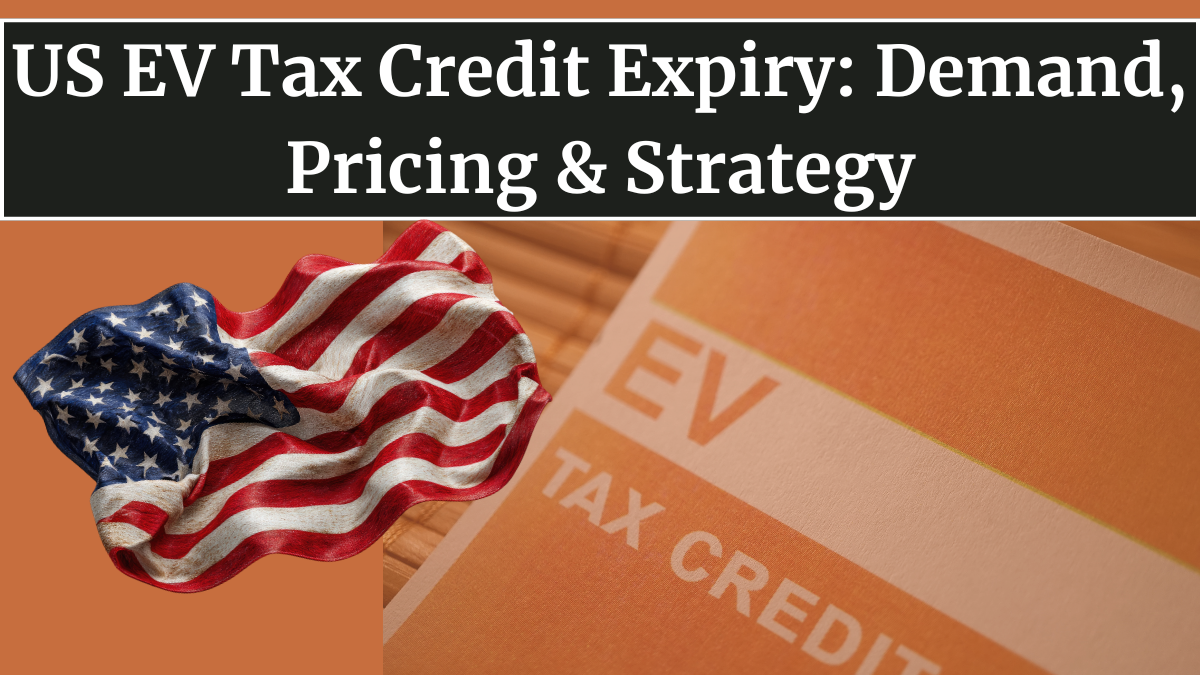The USA EV tax credit expiry impact is shaping the electric vehicle market as buyers, automakers, and policymakers prepare for a major shift in incentives. For years, federal EV tax credits have been one of the strongest motivators driving EV adoption in the U.S. However, as the current credit scheme phases out, both consumer demand and manufacturer strategies are undergoing significant changes.

Understanding the EV Tax Credit System
The U.S. federal EV tax credit provides buyers with up to $7,500 in savings on the purchase of a qualifying electric vehicle. The amount depends on battery capacity, vehicle type, and final assembly location. Under the Inflation Reduction Act (IRA), credits were designed to support North American manufacturing and ensure domestic sourcing of battery materials.
However, this incentive comes with limits — once an automaker sells 200,000 qualifying EVs, its credit eligibility begins to phase out. Major players such as Tesla and General Motors already reached this cap earlier, which pushed them to shift focus toward affordability and production efficiency instead of relying on government incentives.
What Happens When the Credit Expires
With the impending expiry of these tax credits for several models, analysts predict a temporary slowdown in EV purchases. Many buyers have rushed to make purchases before the incentive deadline to take advantage of the tax savings.
Once the credits end, upfront vehicle prices will effectively rise, creating pressure on automakers to offer new discounts, rebates, or subscription-based ownership models to retain market momentum.
However, the long-term impact may be less severe than expected. The falling cost of EV batteries, greater charging infrastructure, and increased model variety are gradually reducing dependency on tax incentives as the main motivator for adoption.
Automaker Response & Pricing Strategies
Manufacturers are already responding with strategic pricing and marketing adjustments. Brands like Ford, Hyundai, and Rivian are realigning production and offering competitive financing or lease options to keep demand stable.
Tesla has slashed prices on several models in anticipation of reduced incentive support, aiming to maintain sales volumes and protect its market dominance. Meanwhile, automakers with upcoming releases are lobbying for new credit extensions or state-level benefits to offset the federal phaseout.
In addition, many companies are working on localized production and battery supply chains to ensure compliance with North American content rules, making them eligible for future revised credits.
Impact on EV Demand and Buyer Behavior
Consumer sentiment remains mixed. While early adopters are less affected, first-time EV buyers are reconsidering their budgets as affordability becomes a central concern.
Fleet operators and rideshare platforms that depend on volume purchases could delay orders until new fiscal incentives emerge. On the other hand, rising fuel prices and growing environmental awareness continue to nudge consumers toward EVs, keeping the market from stalling completely.
The used EV market might also see renewed interest, as depreciation rates adjust and buyers look for lower-cost entry points into electric mobility.
Policy Outlook & Industry Adaptation
The U.S. government is reviewing long-term EV transition goals, balancing fiscal responsibility with climate commitments. Lawmakers are considering targeted subsidies for low-income buyers or rural regions rather than broad nationwide credits.
At the same time, states like California, New York, and Colorado are expanding their own rebate programs, helping sustain local demand even if federal incentives wane.
Industry experts believe this transition marks the maturity phase of the U.S. EV market, where technology, production, and competition take precedence over financial incentives. The expiry of tax credits may be a short-term challenge but a long-term opportunity for innovation-driven growth.
FAQs
What is the current U.S. federal EV tax credit amount?
Buyers can receive up to $7,500 depending on the vehicle’s battery size, assembly location, and manufacturer eligibility.
When will the EV tax credit expire?
The phaseout varies by manufacturer, but several automakers are losing eligibility as they hit sales caps or fail to meet new sourcing requirements.
Will EV prices increase after the tax credit ends?
Yes, effective prices may rise temporarily, but many automakers plan to offset the difference through discounts and leasing incentives.
Are state-level EV incentives still available?
Yes, many states like California and Colorado continue to offer rebates, tax reductions, and free registration benefits.
What should buyers do before the credit expires?
Buyers planning to purchase an EV soon should verify model eligibility and complete the purchase before the phaseout deadline to maximize savings.
Click here to know more.
